Assuming the following dataset has sorted list of dates:
dates=pd.DataFrame(data={'client':['1','2'],
'date':[['2012-3-10','2012-3-11','2012-3-12','2012-3-13','2012-3-14'],
['2012-3-12','2012-3-13','2012-3-16','2012-3-23']]})
I want to find the average date difference in terms of days
So, For eg, for Client '2', Average Timelag would be 2.75
